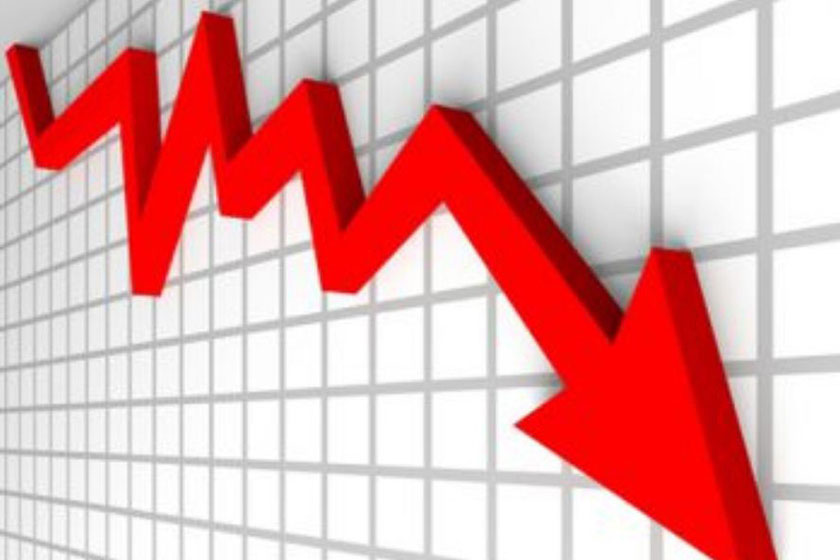Lalitpur’s Bhaisipati reported a PM 2.5 reading of 396 μg/m³ as of 6 PM today
KATHMANDU, March 26: Kathmandu, the federal capital of Nepal, has witnessed the world’s most polluted air yet again.
According to IQAir, Kathmandu topped the list of polluted cities followed by China’s Beijing, India’s Mumbai and Bangladesh’s Dhaka.
MoHP asks people in the Kathmandu Valley not to venture outdoor...

Kathmandu’s air quality on Friday deteriorated further as the highest fine particulate matters (Pm 2.5) index was recorded at 303.89 μg/m³ in the afternoon between 3 and 4.
According to the hourly air quality data collected from 17 pollution monitoring stations installed at various parts of the Kathmandu Valley, the air quality index (AQI) reported deterioration early from the midnight, measuring higher than that of 135 μg/m³. The “cleanest” air was reported in the afternoon between 12 and 1.
According to the Meteorological Forecasting Division (MFD), the Valley witnessed a sharp decline in its air quality due to wildfire in various parts of the country. The MFD shared that wildfires have been reported in at least 54 districts including Chitwan, Parsa, Bara and Makwanpur.
Kathmandu’s air already had enough dust. The smoke generated from the wildfires worsened the pollution, according to an officer at the Division.
While asked about the poorest air quality index of the capital city, Shankar Prasad Poudel, information officer for the Department of Environment, said that three major factors have affected the air quality of the Valley. According to him, absence of winter rainfall, wildfire in the southern belt of the country, and no wind even during this season have contributed to the worst quality of air. “Bhasipati witnessed the worst AQI on Friday and is the major entry point of air into the Valley from Tarai,” he said. Lalitpur’s Bhaisipati reported a PM 2.5 reading of 396 μg/m³ as of 6 PM today.


































